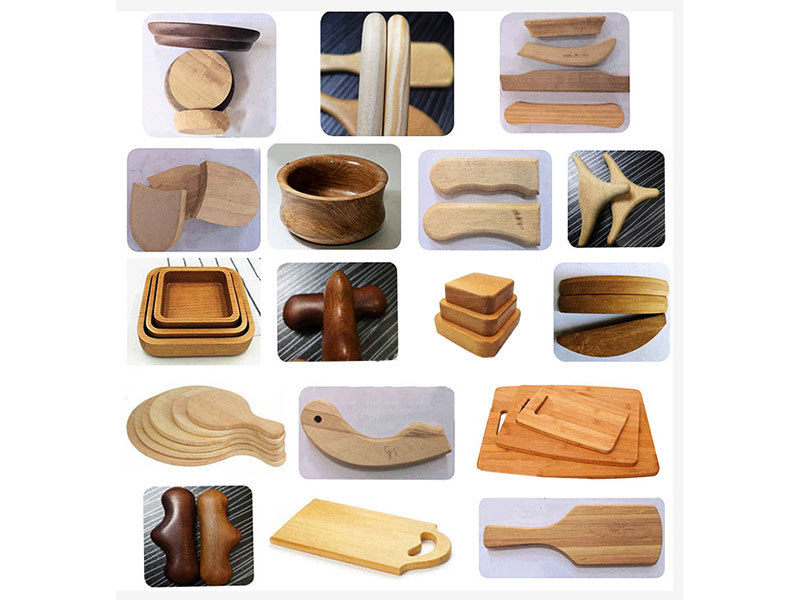
How To: Sand Wood
Sanding with Power Tools
It’s not strictly necessary for any job, but a powered sander can sure save you a lot of time and sweat. I highly recommend the random-orbit sander, if you don’t already own one. The perfect tool for so many tasks, it smoothes wood quickly and evenly, and it does so without leaving surface marks. Sanding disks of varying grits may be affixed, and especially when the tool is connected to a shop vac, sawdust is not an issue.
Sanding for Finishing
Sanding helps not only prior to finishing, but also during finishing. If you plan to stain or clear-coat your workpiece, first sand with 220-grit paper, then wipe down the surface with a wet rag or sponge. This raises the grain, making the wood more receptive to stain. Applying an oil finish? Sand the surface to 220, then apply Danish or teak oil (with the grain) using 320-grit paper. Continue until you get a light “slurry” of sawdust and oil.
If you want to know the price of wood sander, please contact us!




